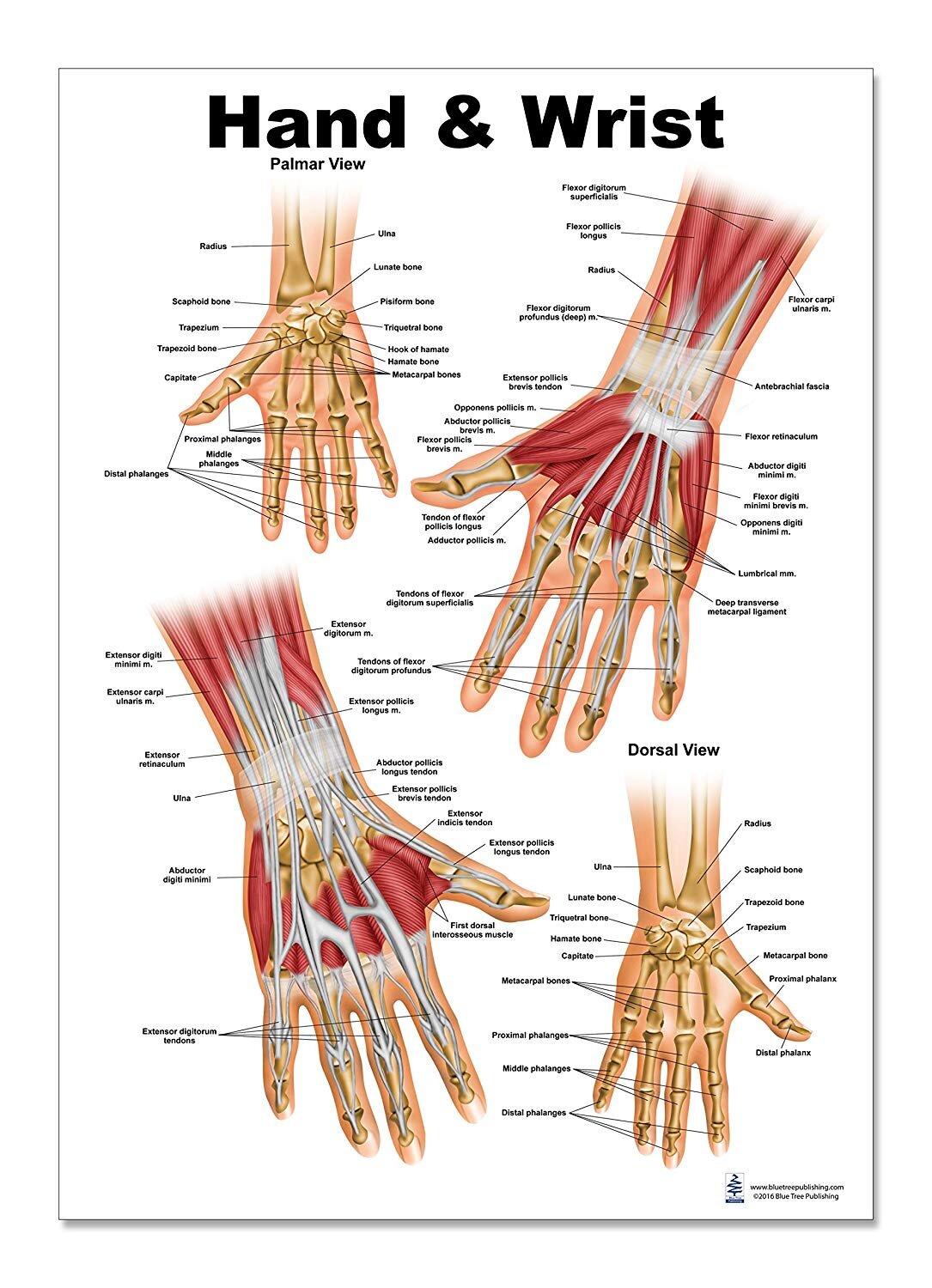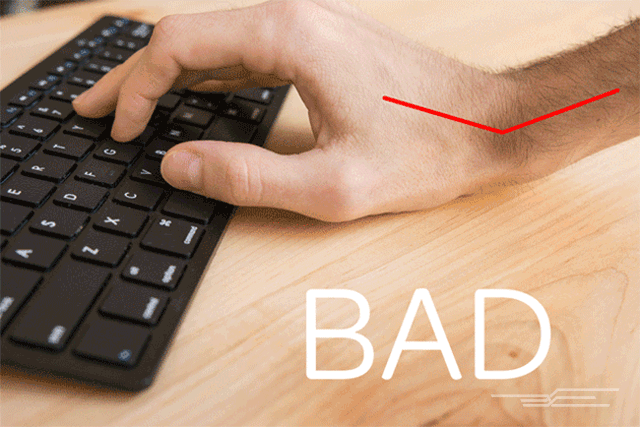Wrist and Forearm Pain
Have you ever had that wonderful experience of tingling or numbness in your hands? If you answered, "Why yes, I have!" guess what, you're not special.
These symptoms are commonplace in the gaming and desker world and frustrating to deal with everyday. However, if you make your living at a desk, these pain-inducing behaviors are almost impossible to avoid.
There are numerous ways to make your workstation set up significantly better (hint click here for previous posts on proper setup). Throughout this series, we will take a look at the common pain points of the typical desk worker. This first article will focus on the wrist and move into the forearm.
Key Structures
The number of structures that pass through or surround an area as small as the wrist is truly incredible. However, this incredible feat of engineering comes at a cost to the vulnerability of fragile nerves, vessels, and tendons.
The two structures most common areas of concern are the Median and Ulnar nerves.
Median Nerve
Originates at the brachial plexus (a large branching nerve bundle near the neck), then travels under the pecs of the chest, and through the armpit.
After leaving the armpit, the Median nerve travels over the top side of the elbow, through the forearm, and finally passes through the carpal tunnel.
As you can see, this thin little nerve passes through numerous muscle groups that are known for being problematic for desk workers.
Ulnar Nerve
Originates at the brachial plexus in the neck, travels under the pecs of the chest and through the armpit. The ulnar nerve then takes a turn and goes under the elbow.
This area is commonly hit and called the "funny bone" region. So, the next time someone says they hit their funny bone; you can be that guy and say, "Actually it's the Ulnar Nerve." The nerve then proceeds through the forearm and finally passes through the Guyon tunnel on the pinkie side of the wrist.
Below is a video to show where each nerve provides feeling to the hand. This chart will allow you to correlate the area of numbness you may be feeling to which nerve is problematic.
Common Causes of Wrist/Forearm Pain
The workplace has continually evolved into a sedentary style environment which has led to an increase in computer-related wrist injuries. The rise of streaming, Esports, and video games have also contributed to this growing trend. Below are some of the motions/positions you should be aware of while typing or gaming:
GIF credit Engadget
Hand/wrist positioning- Deviations to any direction can cause symptoms, but by far the most deleterious is ulnar deviation and extension of the wrist. Both of these positions cause a terrible strain on the structures of the wrist and most importantly the nerves of the wrist. Extension of the wrist is also notorious for putting a significant amount of stress on the tendons.
Supported forearms
Forearm Position- Forearm positioning is often overlooked since most of the pain usually occurs at the wrist. The forearms should always be at the same level as the wrists or slightly above. The elbows should never be below the wrist while typing or gaming. If the forearms are below the wrist, they tend to put the wrist in the harmful position of extension.
Repetitive movements from the mouse to the keyboard- Many times this motion is impossible to avoid so if you must perform this action make sure your forearm is moving with you. Stationary forearms with only wrist deviation can cause a strain on the structures within the wrist over time.
Just say NO!
Compression by resting the wrist- This one I have personally experienced on numerous occasions and can attest to the pain. The majority of computer users rest their hands on a hard table or the hard surface of the laptop. Prolonged resting on a hard surface (most notably the ulnar portion of the wrist) causes compression of the Ulnar nerve. If a nerve is compressed, it begins to lose blood supply which then becomes a pins/needles feeling.
Symptoms of Wrist/Forearm Pain
Typically the symptoms involved in nerve compression are felt as tingling, numbness, and pins/needles. Muscle pain or fatigue usually presents as an ache, burning, searing, or sore sensation.The constant bombardment from compression throughout the day can manifest into severe problems in the form of motor control loss.
A study performed by Szeto and Lin et al. 2010 showed the muscles of the forearm undergo a loss of maximum activation in symptomatic patients. This loss can lead to altered motor control mechanics and cause a decrease in the ability to perform simple hand functions.
To make this post as thorough as possible, yet still readable for one sitting I'm going to split it up a bit. I'll be going over prevention and treatment of the symptoms discussed above. After the latter is published, I'll make sure to link the articles to one another here.







